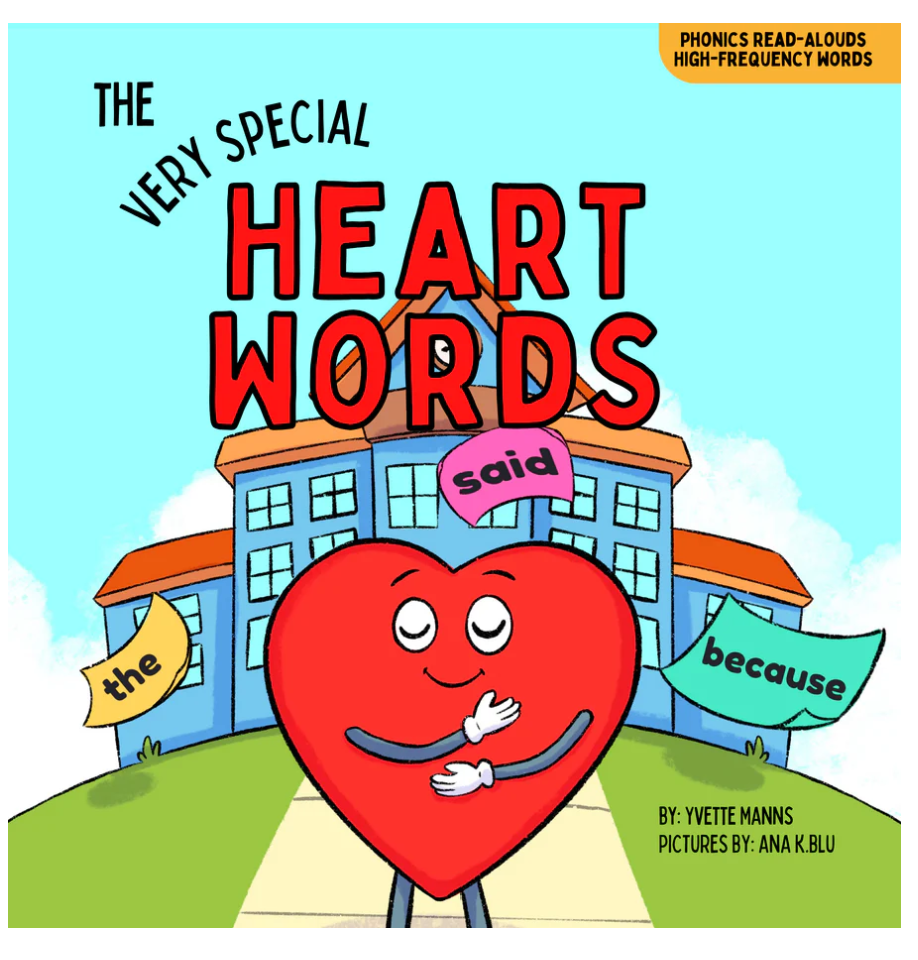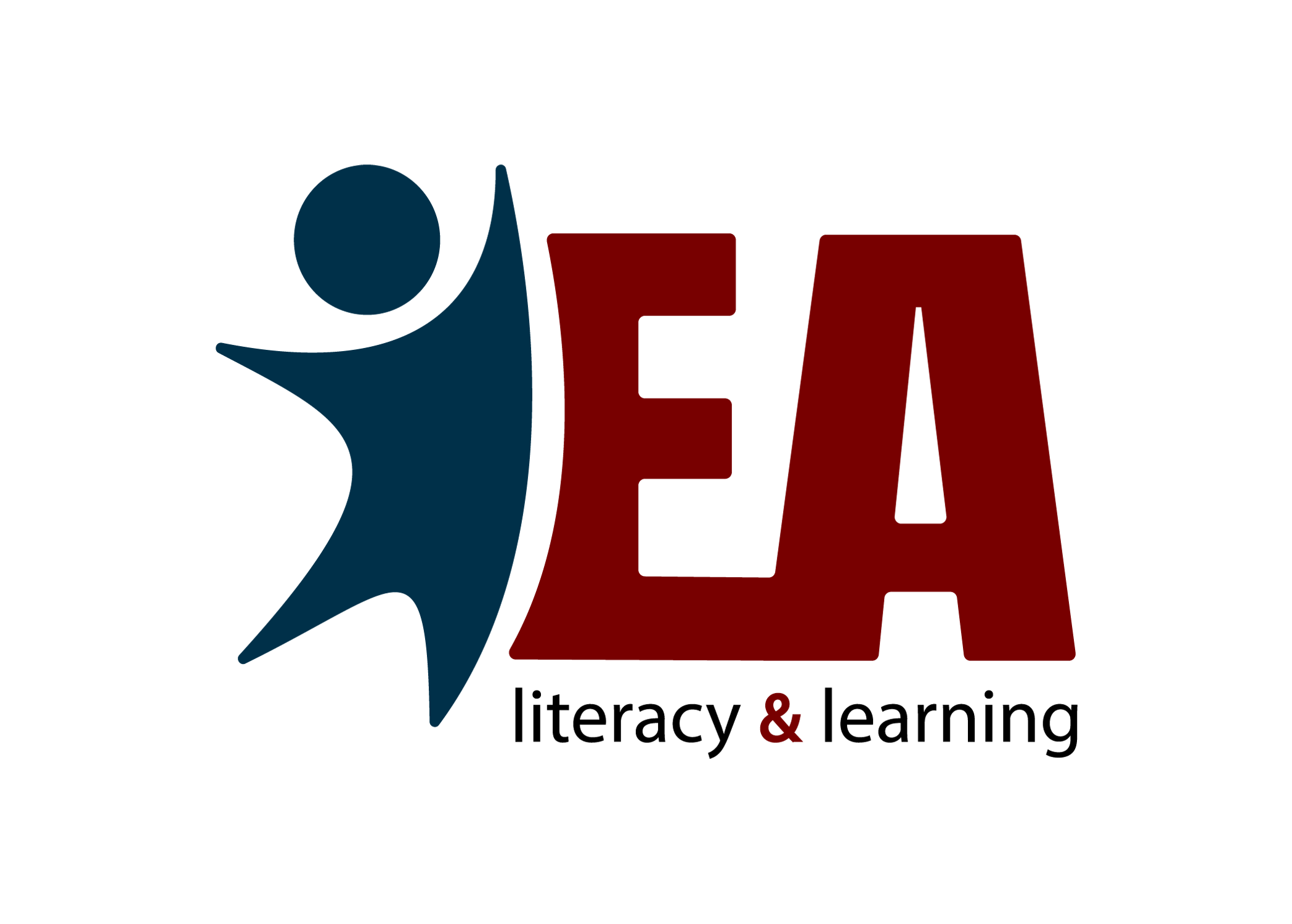If you think spelling is just about memorizing word lists and passing weekly tests, it’s time to reconsider. Research increasingly shows that the best way to teach spelling isn’t through rote repetition, but through clear, systematic instruction that connects sounds, meanings, and letter patterns. This approach doesn’t just improve spelling—it strengthens reading, writing, and overall language skills.
What the Research Says
Studies consistently find that explicit and systematic spelling instruction is far more effective than incidental or list-based methods (Graham & Santangelo, 2014; Treiman, 2018). Rather than memorizing disconnected words, learners benefit when spelling is taught in a logical sequence—starting with sound-symbol relationships, moving to spelling patterns and rules, and including word parts like prefixes and suffixes (Green et al., 2003; Vadasy, Sanders, & Peyton, 2005).
Anita Archer and other researchers stress that effective instruction must also be direct and efficient. Instructional time is limited, so students benefit most from guided practice with immediate feedback—saying sounds, writing letters, and applying rules in connected reading and writing. Archer cautions against activities like tracing letters in sand or on textured cards. While they may seem engaging, these practices have little evidence of improving spelling outcomes and can take valuable time away from strategies that work best.
Beyond Spelling: Reading and Writing Benefits
Spelling instruction doesn’t exist in isolation. Students who receive strong, explicit spelling instruction also show gains in reading fluency, comprehension, and writing quality (Graham & Santangelo, 2014). In other words, effective spelling teaching builds a stronger foundation for all aspects of literacy.
What to Keep in Mind
Weekly spelling lists and tests often provide short-term results that fade quickly. Assigning the same list to all students can also hold back progress for many learners. Instead, aim for spelling instruction that is:
- Explicit — directly teaching sound-symbol relationships and patterns.
- Systematic — following a clear sequence of skills.
- Integrated — reinforced through authentic reading and writing.
- Efficient — maximizing learning time with evidence-based practice.
- Personalized — responsive to assessment data and student need.
Final Thoughts
Spelling instruction is most powerful when it moves beyond memorization and generic word lists. The evidence points us toward clear, systematic teaching, guided practice, and immediate feedback—without unnecessary extras that take time but don’t improve outcomes. By keeping instruction focused and efficient, teachers not only help students become stronger spellers but also set them up for lasting success as readers and writers.
References
Archer, A. L., & Hughes, C. A. (2011). Explicit instruction: Effective and efficient teaching. New York: Guilford Press.
Graham, S., & Santangelo, T. (2014). Does spelling instruction make students better spellers, readers, and writers? A meta-analytic review. Reading and Writing, 27(9), 1703–1743. https://doi.org/10.1007/s11145-014-9517-0
Green, L., McCutchen, D., Schwiebert, C., Quinlan, T., Eva-Wood, A., & Juelis, J. (2003). Morphological development in children’s writing. Reading and Writing, 16, 411–437.
Keys to Literacy. (n.d.). Why teach spelling? https://keystoliteracy.com/wp-content/pdfs/orc-genlit/Why%20Teach%20Spelling.pdf
Treiman, R. (2018). Teaching and learning spelling. Child Development Perspectives, 12(4), 235–239. https://doi.org/10.1111/cdep.12293
Vadasy, P. F., Sanders, E. A., & Peyton, J. A. (2005). A multiple-linguistic, whole-class vocabulary and word-study spelling intervention for second graders. Journal of Learning Disabilities, 38(5), 403–414.
Little Tidbits – The Very Special Heart Words

The Very Special Heart Words by Yvette Manns introduces young readers to high-frequency “heart words” through a playful, engaging story. Vibrant illustrations and the character Heart guide children in understanding irregular spelling patterns. Perfect for read-alouds or literacy lessons, it’s an entertaining, educational resource for early reading development.





